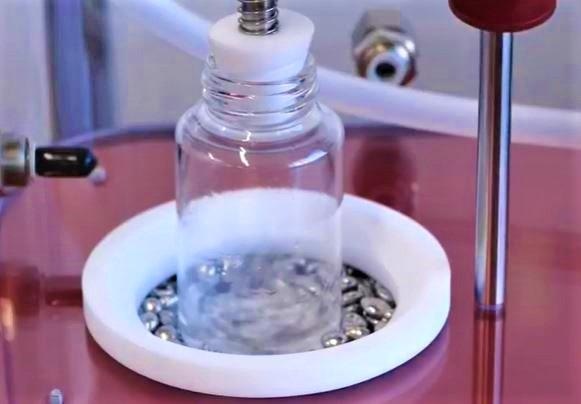BioChromato Inc. reports how its Smart Evaporator C1 has improved sample preparation of microbial degradation culture media samples as part of a new bioremediation technique developed by a leading Japanese Environmental Research Center.

Image Credit: BioChromato Inc.
Traditionally preparing microbial degradation culture media samples from the bioremediation process** for analysis was a time-consuming process using a rotary evaporator to evaporate the culture medium while azeotroping it with acetonitrile. Using this process, samples were often found to be contaminated with water as a result of the steam adsorbed from the water heating bath. Furthermore, as the microbial liquid culture media samples tended to become more viscous as they were concentrated, researchers had to closely monitor the process to avoid solvent bumping and consequent sample loss.
Using a Smart Evaporator C1, the Environmental Research Centre can now evaporate the culture medium samples without azeotroping saving considerable time and avoiding costly use of non ‘eco-friendly’ organic solvents. Additionally, as the Smart Evaporator does not use a water bath to heat samples the steam contamination problem was eliminated. Finally, because the Smart Evaporator C1 operates at normal pressure there is no risk of solvent bumping meaning samples could be left to dry unattended.

Image Credit: BioChromato Inc.
Drawing upon patented Vacuum Vortex Concentration technology, the Smart Evaporator C1 offers fast and effective evaporation in tubes or vials without solvent bumping thereby eliminating risk of sample loss, cross contamination and saving researcher’s time. The system is a proven lab tool for fast and sample safe removal of even high boiling point solvents such as water in volumes from 40 mL to as low as 0.1 ml.
** The bioremediation technique, based upon patented degrading microorganisms impregnated on carbonized wood, has been demonstrated to detoxify persistent organic pollutants (POPs) that cannot be decomposed by natural processes in soil. To better understand and control the dynamics of POPs in the environment, it was viewed essential to determine the chemical structure of trace amounts of water-soluble metabolites, resulting from the pesticide-degrading microorganisms, by LC/MS or single crystal X-ray structural analysis.